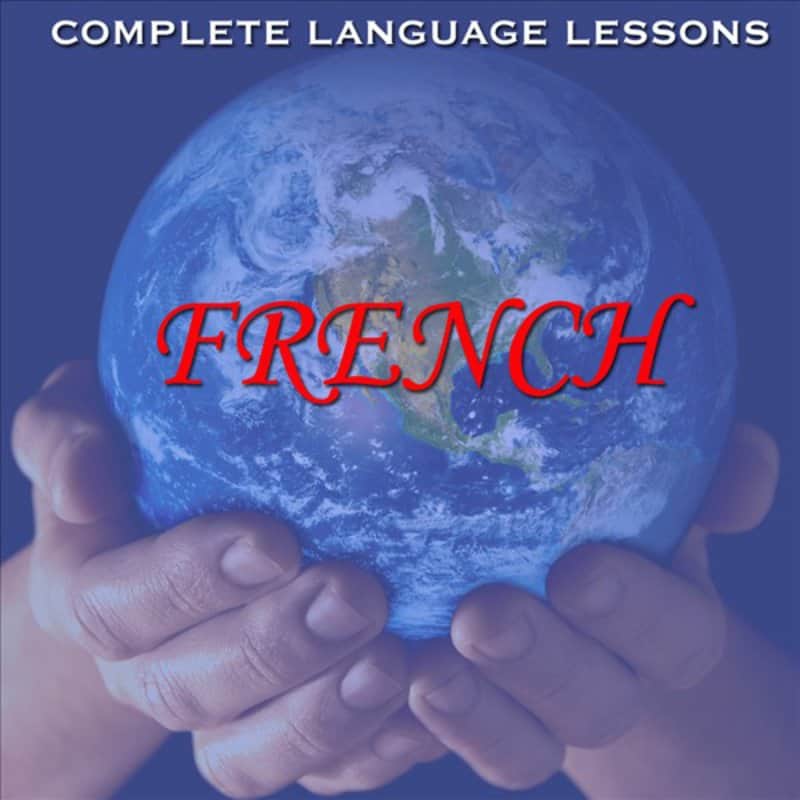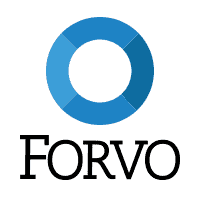Complete Language Lessons Mini Review: Almost Useless
Complete Language Lessons
Summary
Complete Language Lessons has audio courses for numerous languages on Amazon, Spotify, and Deezer. We tried out the Swahili audio course, Learn Swahili Easily, Effectively, and Fluently – and were extremely disappointed. The audio tracks we sampled consist of Swahili phrases repeated over and over again, with no translations, explanations, or anything in English. The audio quality isn’t great, either, and the occasional muted club music adds to the bizarreness. It feels to us like the audio tracks are supposed to accompany a textbook, but we couldn’t find one. If one existed at some point, we suspect it’s no longer available. If you already speak the language and are looking for native audio recordings to help you improve your listening and pronunciation, you might get some value out of Complete Language Lessons. However, if your aim is learn the language, we would skip these CDs.
Complete Language Lessons Mini Review: Almost Useless Read More »










